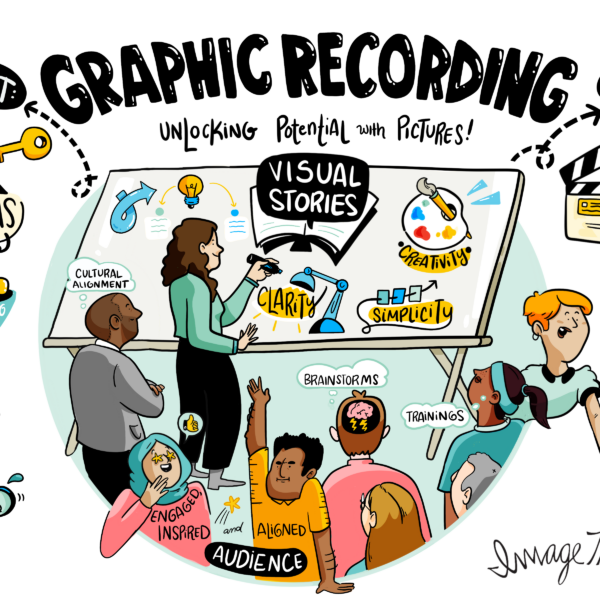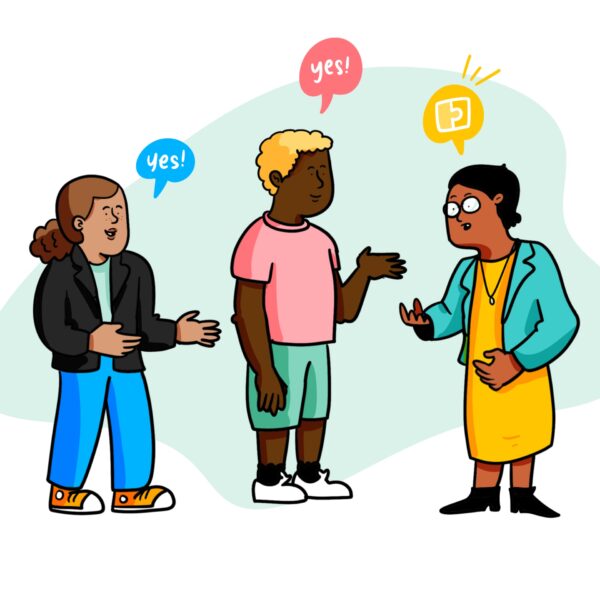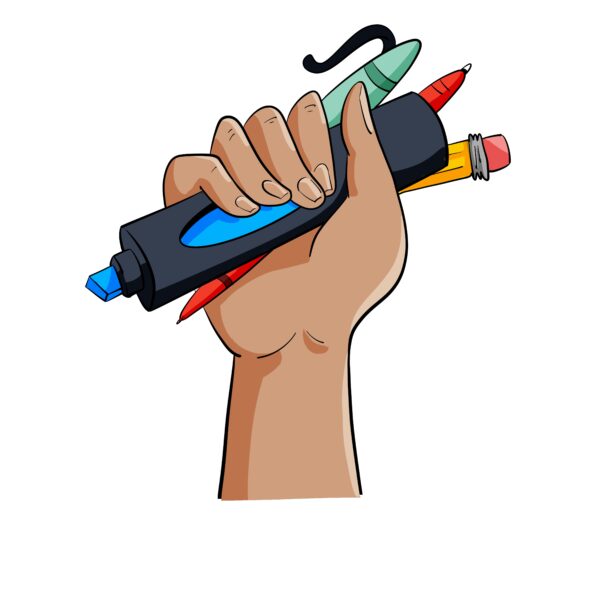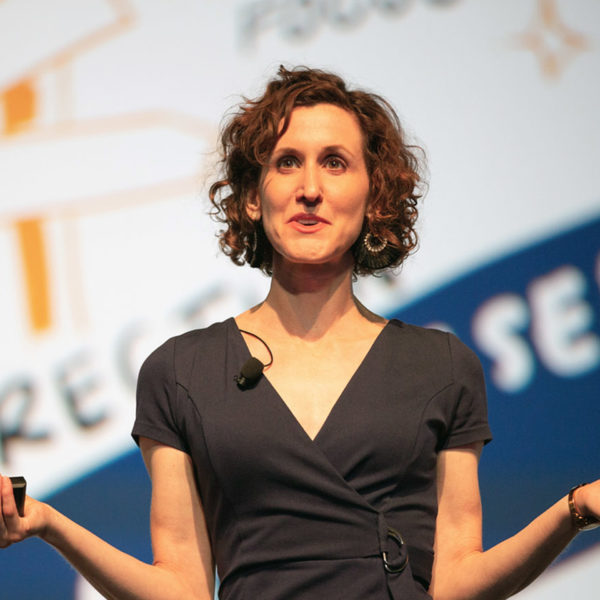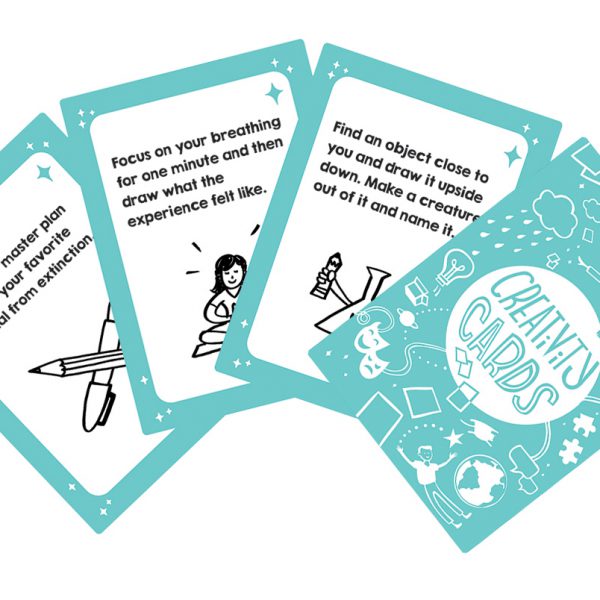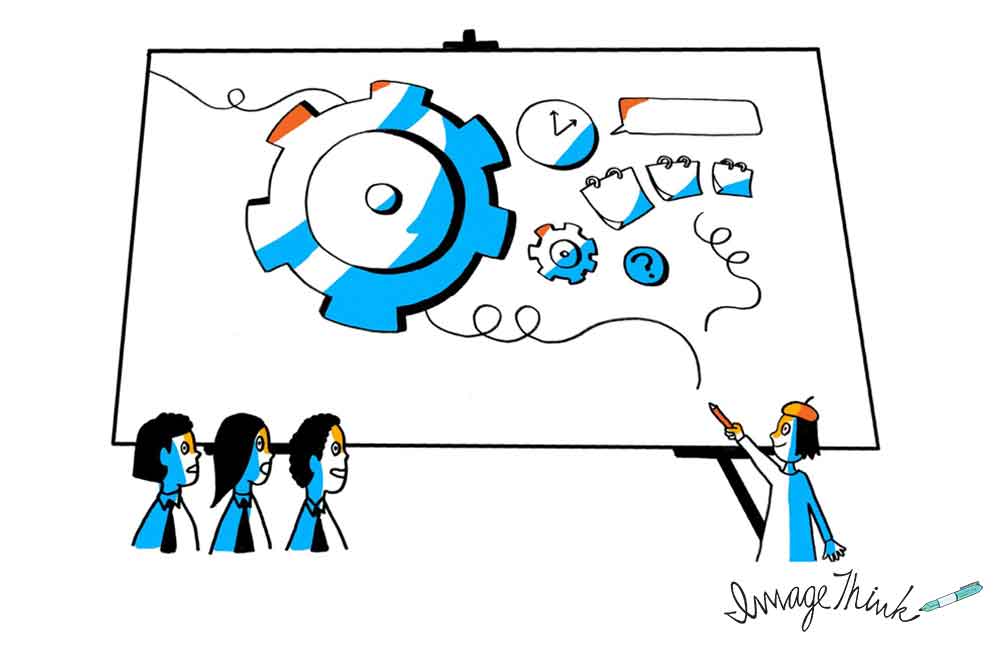
Creative Thinking: Not Just For Artists
Creativity. What is it? How do we stimulate it? Can we map it neurologically? It isn’t just researchers who are invested in understanding the way the human brain develops original ideas. At ImageThink, our visual strategists are specially trained in visual methods that help teams be more creative at work.
And it’s not just us. Today it is considered a fundamental edge in business and leadership. IBM interviewed over 1,500 leaders across 60 countries. 65% of them cited creativity as the most important leadership quality. Researchers and business leaders agree that creativity is important, so how do we foster it, especially if you don’t consider yourself to be particularly artistic or creative?
Have a creative meeting coming up?
Let ImageThink help you and your team get the most out of your time.
You don’t need to write a novel, star in musical, or paint a still life to get your creative juices flowing. Read on for 8 tips and tricks you can use to be more creative at work.
Think Small. Big Impact.
A serious mental block can feel like hitting a brick wall. How can you topple the wall? It can be difficult to think of the one, big wrecking ball of an idea that will break through. Another path is to chip away with a lot of tiny cracks that will work to break down that wall.
Try finding a handful of little things that you can change in your daily routine to create these cracks. It might be tackling one component of the larger issue, like data entry or an email template. Maybe it’s simple routine changes, like taking a different route to work, an addition of a new plant at your desk, or changing your lunch when you take your lunch.
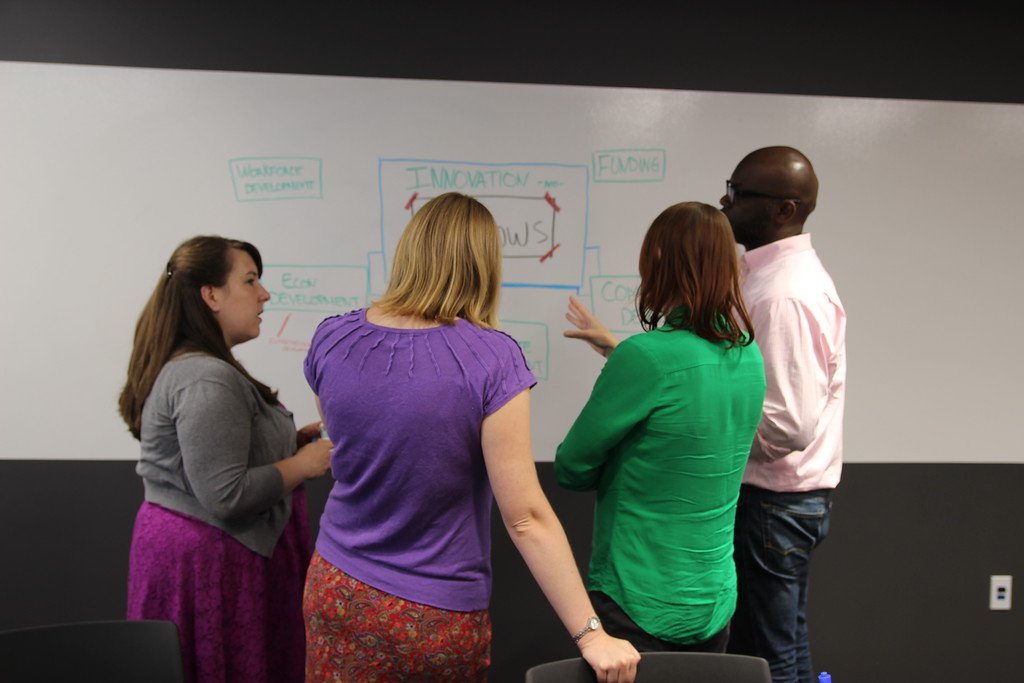
Think on Your Feet.
There’s a reason our visual strategists stand while they are graphic recording! Standing up is good for your mind, as well as your back. According to Andrew Knight, Professsor at Olin Business School, groups are more creative and collaborative when they work standing, as opposed to sitting down.
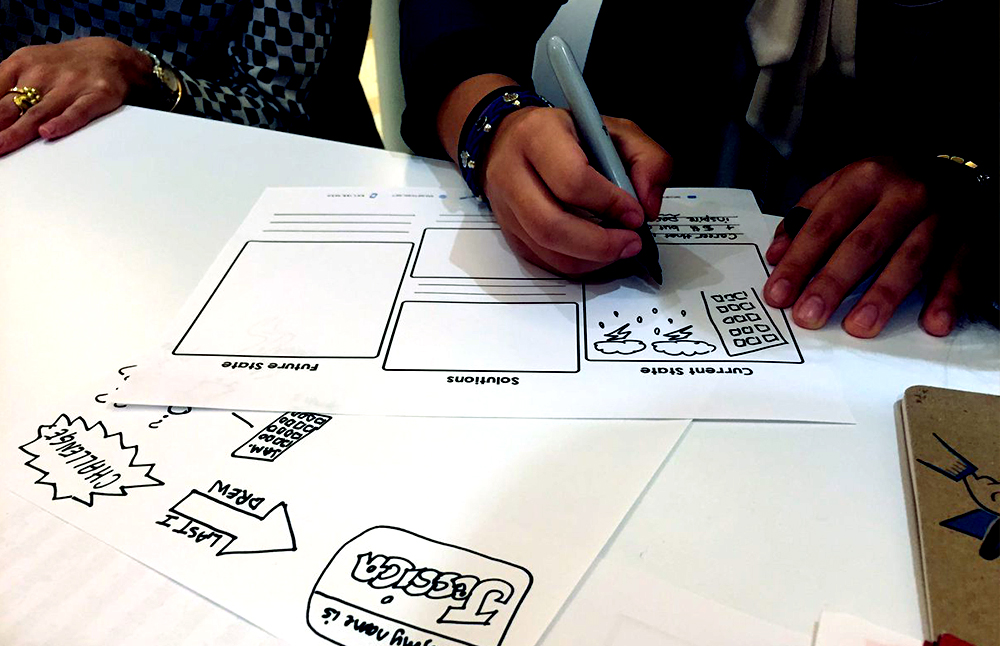
Draw It Out.
It’s been proven that drawing activates cross-cognitive brain activity. What does that mean? When we draw, we utilize our eyes, arms, and hands, all of which activate different parts of our brain. Approaching ideas visually will further activate the right hemisphere of your brain- the area attributed with creativity and holistic thinking.
No need to be an artist. The effects of working visually aren’t dependent on the subjective quality of “art” produced, but rather in the method of working. Even simple doodles will give you the same neurological benefits. Activating these otherwise dormant areas of your mind is akin to taking a break from a problem, which can result in you subconsciously stumbling onto the solution later on.
Let Your Legs Do The Thinking.
Speaking of taking a break…make space for your thoughts by taking a walk. It may sound counter-intuitive, but moving away from the problem or challenge can actually help your brain process solutions. Think of it as your computer running calculations in the background. By giving your conscious mind something to focus on, your subconscious is free to do some heavy lifting. Not to mention the added blood flow helps re-energize you.
Friedrich Nietzsche was a fan of this approach, saying that”all truly great thoughts are conceived by walking.” And science agrees. In a study at Stanford University, 80% of participants increased their creativity simply by brainstorming while on a treadmill. If you want an even bigger boost, the study reveals that taking that stroll outdoors ultimately help you be more creative at work.
Keep Inspiration Nearby.
Think of the last thing that shifted your thinking or opened your imagination. It could be a favorite quote, or an art piece, or maybe a beautiful view from your last vacation. Print it out, or bring in a memento that reminds you of a great memory. Make room for it where you work. When you feel stuck, take a moment and shift your awareness there. Revisiting your inspiration can reignite the sense of discovery and creativity that it initially awakened.
Seeking Inspiration?
A session facilitated by ImageThink
Continually look out for new inspiration. Many people find themselves comforted and energized by looking at clouds or flowers. Listen to new music, or visit a museum or gallery. Try picking up a new book or watching a new film if your old favorites start failing you. Fueling yourself with the creativity of others can help you be more creative at work.
Think About Your Space.
Feeling stuck? Switch environments. If most of you work at your desk is dashing off email responses, it is going to be hard for your brain to shift to writing a long form white paper in the same space. Help your mind out by changing your environment when you have to change your thinking. Change your surroundings and new ideas and inspiration will likely follow.
If you work on site, grab your laptop or a notebook and find a new spot in the office or head to the nearby coffee shop. If your team has moved fully remote, oscillate from working at your table, to standing at the kitchen counter, then try lying on the living room rug for a bit. If you have the space, sit outside for a while in the yard or on a fire escape, and add some fresh air to invigorate fresh thinking.
Adjust the Volume.
Ever notice how many writers you encounter at cafes? It’s more than simply not having an office buildign to go to. According to a study conducted by the University of Chicago, ambient noise was ideal for creativity, about the level of a hum at a coffee shop. Extreme quiet, like a library is ideal for study, as quiet promotes focus but not necessarily the abstract processing we need for creativity.
So what’s the right balance of noise? Loud environments and one way phone conversations are creativity killers. Can’t control the volume in your environment? Put on some headphones and try one of many ambient noise apps. Sometimes, turning on the TV in an adjacent room at a low to moderate volume can create the effect of ambient conversation – just don’t sit down and watch it!
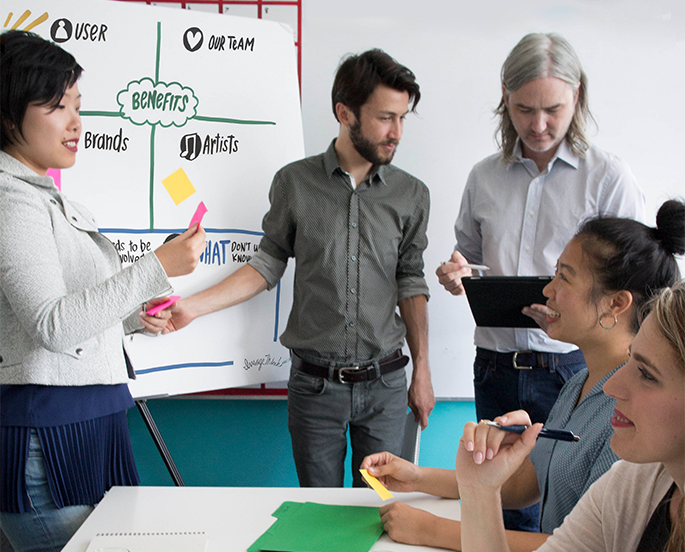
Tap into Group Genius.
If you’re having a creative road block, you don’t have to face it alone. You know the saying that two heads are better than one? Turn your creative block into a group challenge. A critical element of brainstorming is allowing and encouraging participants to build off of one another’s ideas. Just like the blockchain leverages a network of computers to process complex equations in a matter of seconds, a network of minds working on a problem can add new angles, approaches, and perspectives that result in wholly original thought.
Recently, we were developing a strategic visual for a client and got stuck on how to visualize the idea of integrity. We gave everyone in the office a post it note and asked for their suggestions. By the end of the day we had 12 ideas to choose from, a few of which were iterations on weaker, earlier forms of the idea.
Give Your Team The Gift Of Visual Thinking
Want to take your meetings to the next level and find breakthrough solutions? An ImageThink workshop can be tailored to your team and your needs. You’ll find yourself drawing your way to success before you know it.
